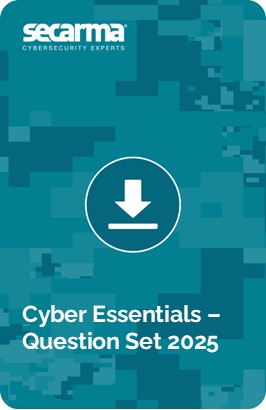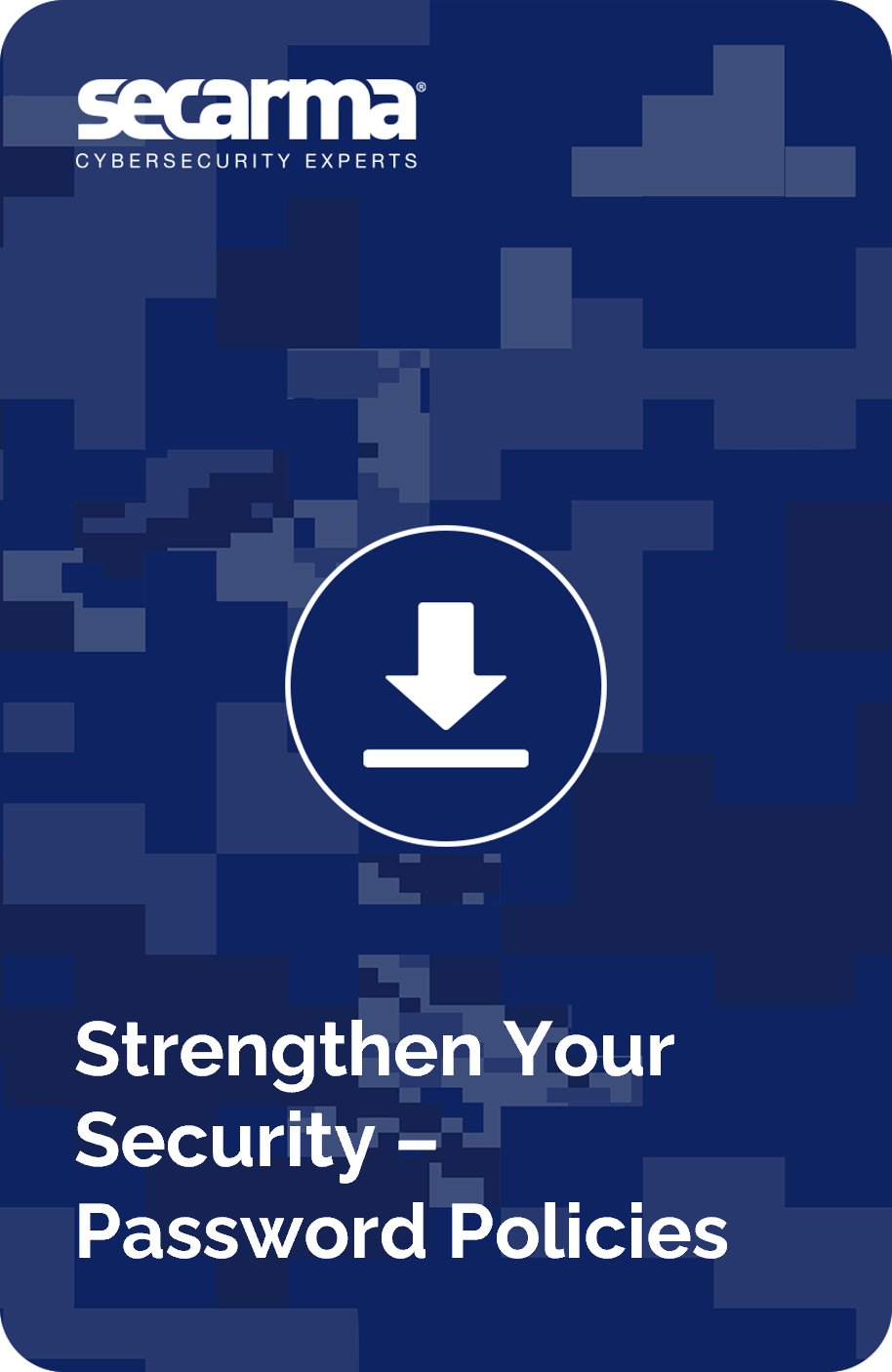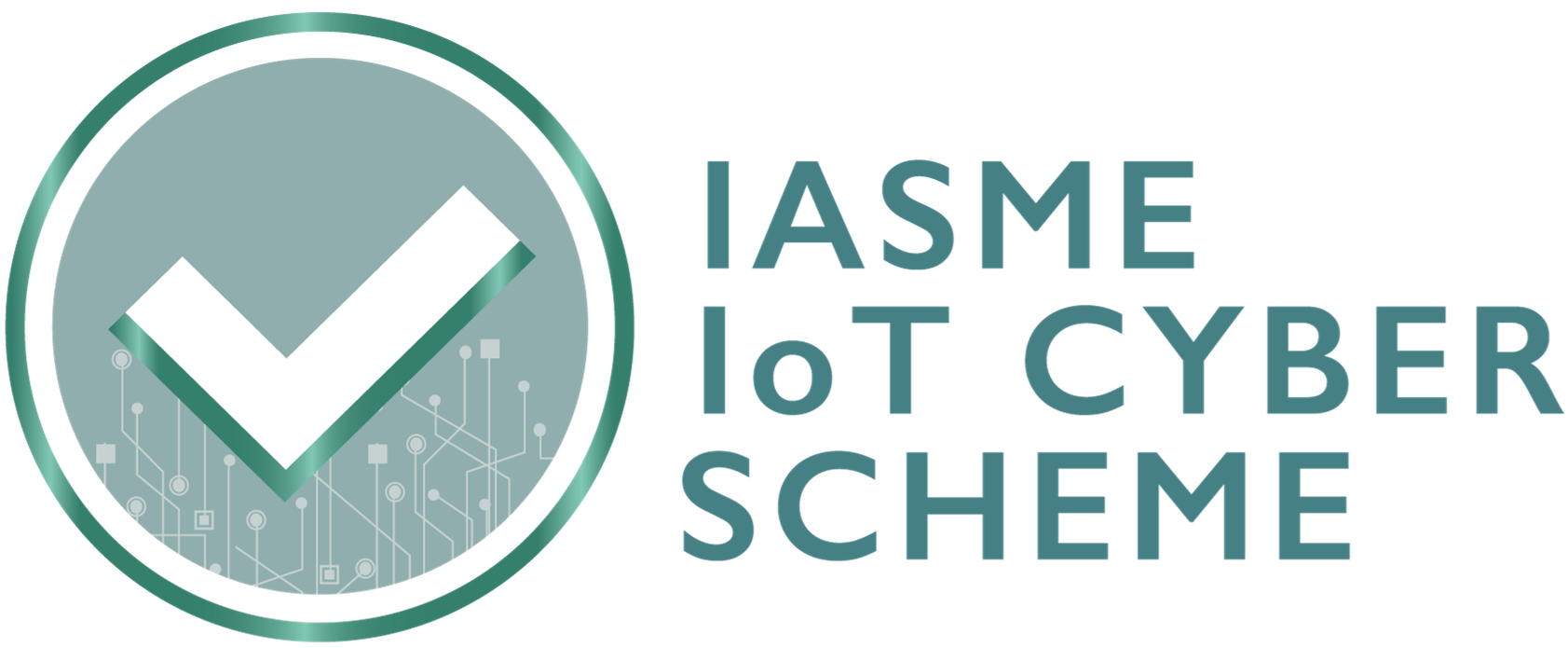Red Teaming
Objective Led Testing and Advanced Adversary Simulations.

Red Teaming is a proactive security assessment that simulates real-world cyberattacks against your organisation to test its ability to detect and respond to sophisticated threats. Unlike traditional penetration testing, this isn’t about finding every vulnerability, it’s about mimicking adversary behaviour to see how your security function holds up under pressure.
At Secarma, our Red Team uses a controlled and covert approach, often known only to a select group within the organisation, to mirror the tactics, techniques, and procedures (TTPs) of real threat actors. We go beyond technical vulnerabilities to challenge your processes, people, and technologies, providing a complete view of how resilient your organisation truly is.
Whether you're facing regulatory requirements, simulating ransomware threats, or simply want to raise your internal security maturity, a Red Team assessment helps expose blind spots and strengthen defences before attackers do.
Red Teaming delivers more than a report - it delivers real-world insight into how your security team, systems, and stakeholders respond to live threats.
Organisations benefit most when they:
Have a defined detection and response function.
Red Teaming measures how well your teams identify, react to, and contain an attack, from phishing to internal compromise.
Want their security teams to grow through collaboration.
Do phishing emails get reported? Are admins alert to privilege escalation? Can the SOC isolate threats quickly and communicate clearly? Red Teaming brings all this to light through a cooperative learning approach.
Need to validate risk, not just list vulnerabilities.
We help you find out what could actually happen. Could ransomware cripple operations? Could data walk out the door without a trace? Can your systems spot long-term, stealthy attackers?

Secure Your Web Presence: Comprehensive Web Application Penetration Testing

Launch Your App with Confidence, Operate Without Risk.

Secure, Standardised, and Compliant System Builds from Day One.

Secure the foundations of your business with expert-led testing.

Uncover Misconfigurations and Strengthen Your Cloud from the Inside Out.


Optimise Rules, Eliminate Blind Spots, and Strengthen Perimeter Defences.

Find and Fix Wireless Vulnerabilities Before Attackers Gain a Foothold.






















